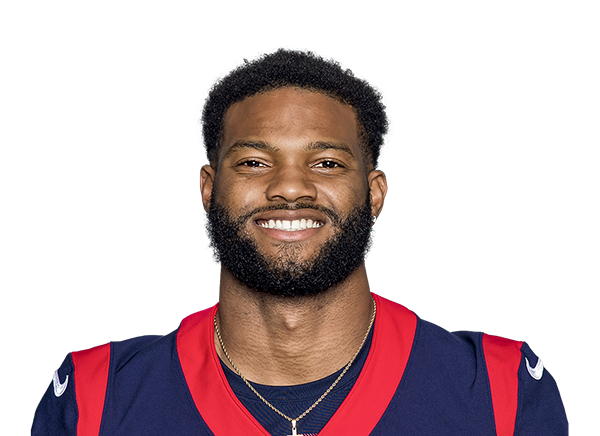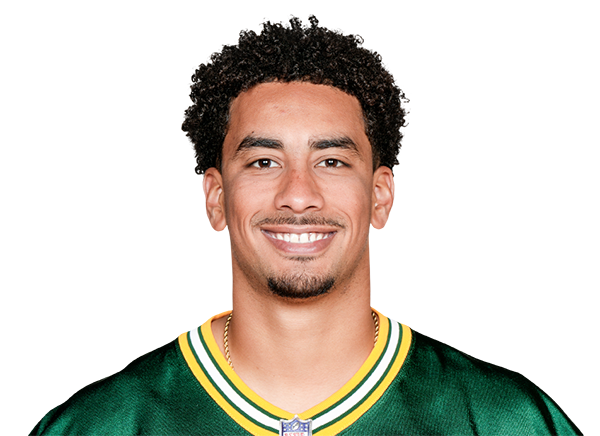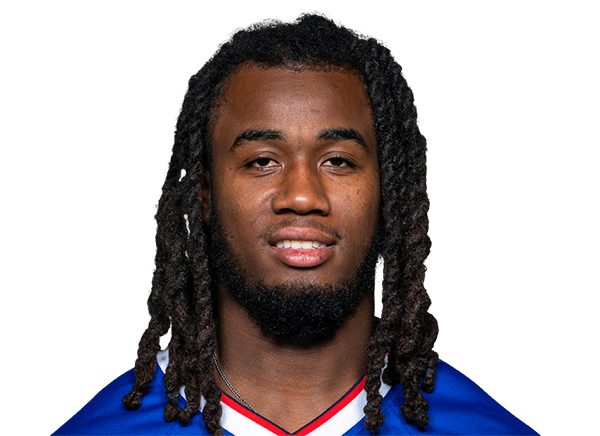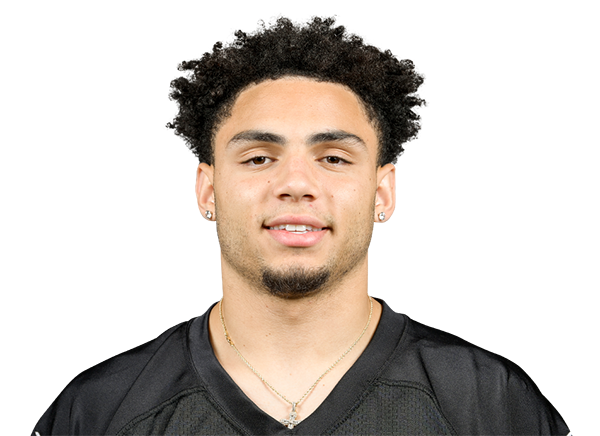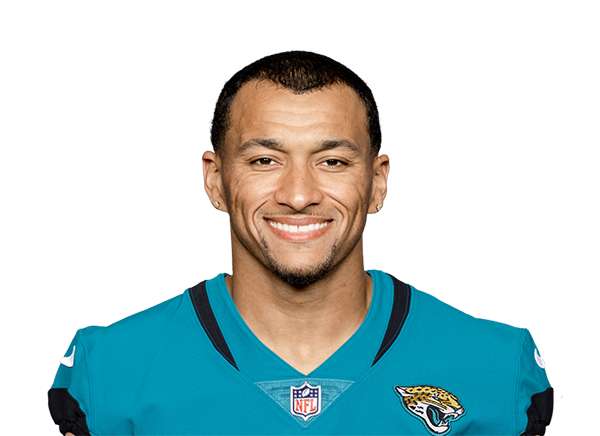Wide Receiver Breakout Age by Draft Round
Two of the most predictive values we have for guessing how the step from college to the NFL will go are draft round and college breakout age. So, to give us a baseline we can apply after the draft, I merged breakout age and draft round to calculate the hit rate of wide receivers from 2000 to 2015.
Breakout Age
A player’s breakout is defined as when he produces 20% or more of his team’s offensive receiving yards and touchdowns. Often referred to as “Market Share”, the amount of production a player receives and provides for his team is indicative of the level of talent and trust he has from the team. Reaching this limit before the age of 20 is considered phenomenal.
Breakout age was first discussed by Frank DuPont and Shawn Siegele on RotoViz. The work has been extended and added to by others including Jon Moore by considering players’ production by age compared to proven successful NFL receivers. This is something I use in age-relative production graphs and why I spend so much time talking about it.
I use their age at the start of each season.
[am4show have=’g1;’ guest_error=’sub_message’ user_error=’sub_message’ ]
Hit Rate
I’ve defined a hit in a few different ways: total yards in a season, PPR points and a top 24 PPR season. I’ve settled on top 24 PPR finishes for this article because it provides a high enough floor that even a first round pick can be considered a hit without limiting the number of players to reach it so far as to make the results doubtful. Comparing different players from different years and across eras, who accumulate points in different ways, is tricky. But I think tracking relatively high production in terms of position rank adjusts for the majority of this.
By Draft round
Below is the historical perspective on how likely a player is to become fantasy-relevant based on their college breakout age and which round they were drafted in. I’ve also included how many receivers have been drafted in this time for each hit rate on the left. This should give some context to the value.
The first round
No matter what round it is, breakout age offers a clear way to separate players in terms of their likelihood of success in the NFL. The hit rate of players who broke out at age 18 and 19 are higher than that of other players in every round so long as the sample size is large enough to matter.
In the first round, the drop off in hit rate from 18 to 21 is steep. Whether its yards or PPR points, players who have a higher breakout age are more likely to finish in the top 24 during their NFL careers. The exception is that all three of the players drafted in the first round with a break out age of 22 have gone on to hit in the NFL. This could be a product of how small the sample is, or an indication that NFL teams only take older prospects of this degree if they are convinced, or willing to feed them to prove the investment sound perhaps. The most recent “hit” was Kelvin Benjamin, while both Rod Gardner and Jason Walker were drafted before 2003.
In the 2018 draft class, four players in the top 32 of DLF’s consensus rookie wide receiver rankings have an age-22 breakout value: Marcell Ateman, Korey Robertson, Jaleel Scott, and Darren Carrington. None of them are inside the top 22 of DLF’s rankings. It is almost a certainty that there will not be a fourth player added to the list of 22-year-old breakouts to finish in the top 24 in PPR scoring from the 2018 draft class.
Age 18 “Phenoms”
Relatively few wide receivers enter the league with an age-18 breakout age. Everything the NFL uses to evaluate players seems to pick up on their early production. Notice that the majority of age-18 breakout players are drafted in the first round (15/40) and they are sucked up fast if they slip outside of it. Only five players since 2001 who broke out at age 18 in college have slipped to being UDFAs.
Since 2001, 73% of all players who have been drafted in the first round with a breakout age of 18 have become top 24 players in PPR scoring. That beats first round draft capital alone by nearly 14% in terms of hit rate.
Only three players in the 2018 draft class (who I have in my database) have an age 18 breakout age: James Washington, Christian Kirk and Antonio Callaway. Each should be viewed as the most likely players to finish in the top 24 from this draft class based on historical trends. After the draft, we can re-asses based on what the NFL has told us about their value.
Age 19 “Fantastics”
The most common age for a breakout season is 19. It is also the only breakout age that offers a clear pattern through every round. The hit rate decreases but also offers a floor of 11%. Even UDFAs have a 16.7% chance of becoming a top 24 wide receiver if they have broken out by age 19 in college. Of course, UDFA hit rates may be skewed by “survivor bias” slightly. While I’m trying to add as many players as I can to it, it’s true not every UDFA is in this sample. Still It seems likely that a similar pattern would persist for drafted and undrafted players.
The Cut-off
Wide receivers who did not produce early in college have not broken out often without the benefit of draft capital. 20% of players with a breakout age of 20-year-old outside the fourth round and the 14% for 22-year-old breakouts amounts to a total of two players out of 28.
In total, three out of 72 players drafted since 2001 – with a breakout age greater than 19 and drafted outside of the fourth round – become top 24 players in PPR scoring.
The less draft capital a player has, the greater the need for a low breakout age. Anyone who slips beyond the fourth round in the NFL draft with a breakout age over 20 is highly unlikely to finish in the top 24 for fantasy.
Draft Capital
Out of the 367 players drafted and in my database to become a top 24 player, 45% of them were drafted in the first three rounds of the NFL draft. But 80 of those players had a breakout age of 18 or 19 (47%) and 53% of every other player to finish in the top 24 – in rounds four to UDFA – had a breakout age between 18 and 20.
While draft capital is still the most predictive, single value for NFL success, it’s clear a player’s production in college tells us more about which player is more likely to break out within each draft round as well.
The 2018 Class
As a quick reference for after the draft, I’ve broken down all wide receivers currently ranked in DLF’s consensus rankings and listed their hit rate for each round in the NFL draft.


New Ranks
Based on these values, I re-assessed my own rankings to do a quick-hand adjusted set. If nothing else, it gave me a good idea of where I would need these players to be drafted – if it’s not the first round – for their value to be positive.
One thing I notice is that the draft capital Calvin Ridley would likely need to make him likely to succeed in the NFL would likely make him far too expensive in rookie drafts right now. Based on his breakout age hit rate, I think he can’t help but be a poor value, and an overreach at his likely draft position. You’d have to adjust him up and pay a higher pick for a lower hit rate. He’s currently ranked by consensus as the WR3 per DLF ranks. That’s above several players who are much more likely to hit if they are drafted within a three-round range of each other in the NFL draft.
Of course, we can overplay statistical patterns. WRs who come into the league later are less likely to hit. But I still like Anthony Miller and Cedrick Wilson as later prospects. The hit rates are solid after all if a team believes in them enough to take them in rounds one to three. What’s more, there is a big difference between a 22-year-old who gets taken in the sixth round and one taken in the second – both in likely potential and quality. Breakout age hit rates bear that out as well. So Ridley with first-round draft capital isn’t necessarily a bad prospect, but he is more of a gamble with lower odds of paying out. Hit rates give us a way of weighing this gamble and deciding if, and where we are willing to take it.
Conclusion: Your Rankings
I like to try and offer you something to “go home with” in articles. So I thought it’d be fun if you could rank players yourself and see how they look compared to DLF rankings and hit rates. I made a google sheet that will let you do just that.
Type your own rankings into the third column on the sheet.
Then click that columns filter button and select the filter “A-Z”.
This will give you a picture of your favorite WR prospects, an idea of their risk as prospects, and the potential cut-offs for their value.
Follow this link to try it out. I hope you can find time to have some fun with it.
Thanks for checking this out.
[/am4show]
- Dynasty Target and Regression Trends: Week One - September 14, 2024
- Post-Draft Rookie Rankings vs Redraft Rankings - May 22, 2024
- Peter Howard: Dynasty Fantasy Football Superflex Rankings Explained - March 6, 2024



















